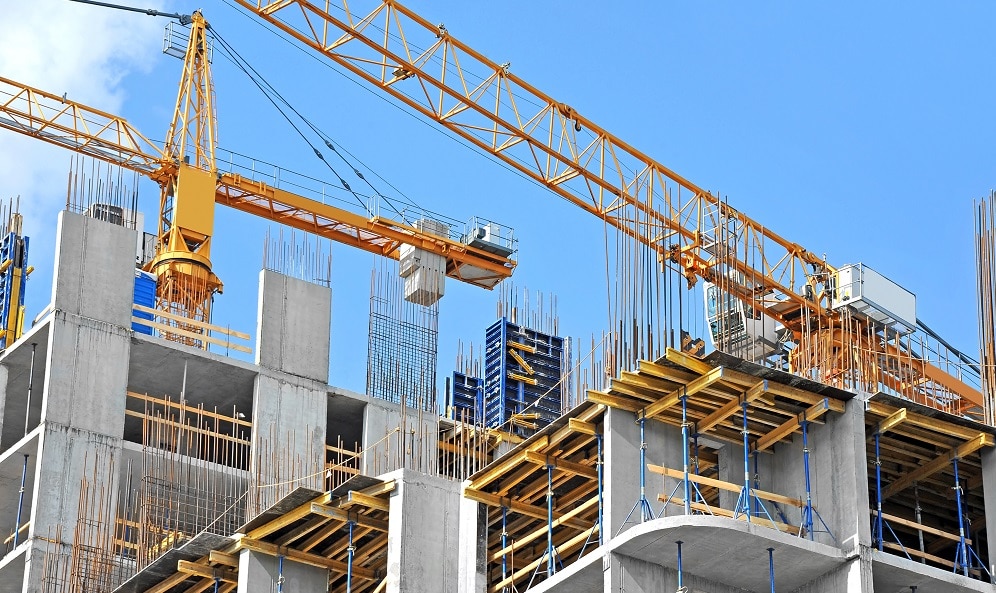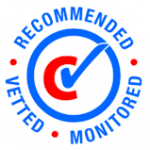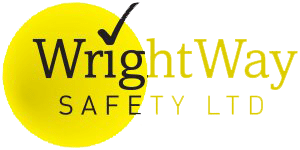Scaffolding Inspection
Designed to allow easy access for maintenance, scaffolding must be regularly checked by a professional to ensure safety. We offer initial scaffolding inspections and regular on-site inspections. Our inspections are performed by licensed, qualified experts. The scafftag system is our preferred scaffold tagging system. Our fully qualified inspectors can provide you with a site inspection before installation and after disassembling that complies with the latest health and safety regulations.
Ace Scaffolding will provide you with a scaffolding inspection service that’s designed to keep you up and running for as long as you need. Our excellent record is attributable to the actions of our dedicated on-site health and safety experts overseeing your project; they understand the risks and will keep your crew safe. Ace Scaffolding provides prompt advice on scaffolding for domestic and commercial customers. We will help you find a solution to your scaffolding problems. Need guidance? Call our experts today Our team of experts are here to provide you with the best scaffolding solutions, no matter what your requirements.
We Are Also Available to Offer Scaffolding Related Advice

The Basics of a Scaffolding Inspection
Independent statutory scaffold inspections and site scaffolding monitoring services are available in accordance with regulation 12 (7) of the 2005 work at height regulations. Being a legal obligation for scaffolding users, Ace Scaffolding provides support services on independent scaffolding inspections throughout LOCATIONXXX. The user should check the structural integrity of scaffolding to determine its condition and suitability for use. We have a team of independent and expert inspectors who work in partnership with you to ensure your scaffolding is safe.
Why are Scaffolding Inspections Important?
Scaffolding is a form of access that helps contractors complete erection, dismantling, and repair work on construction sites. When in use, large framed scaffolding is prominently displayed on construction sites. It could mean that work is starting from the outside, especially for renovation work. Work done at heights can be dangerous. Statistics from 2017/18 revealed over 35 cases of crashes from heights. High-altitude falls are responsible for over 8% of non-fatal RIDDOR accidents in the construction industry according to HSE statistics. The HSE regulates scaffolding use with its enforcement of mandatory safety standards.
When Do You Need Scaffold Inspections?
To meet the requirements of the 2005 Working at Heights Standard, scaffolding used for construction should be inspected before first use and every 7 days afterwards until it’s removed. Any scaffold needs to be inspected regularly and maintained by a professional. It may need attention if it’s exposed to adverse weather or accidents, so that you and those around you are safe. The scaffolding you use must be properly inspected, and it is your responsibility to ensure this has been done.
Who Should Inspect Scaffolding?
According to HSE guidelines, a competent person should carry out regular inspections to check the condition of fixed and movable scaffolding components. CISRS scaffold inspector qualifications are essential for anyone working in construction and scaffolding. This qualification is widely held by scaffolding industry stakeholders as the standard for a competent scaffold inspector. On the other hand, an individual who has received training in work practices, as well as scaffolding safety inspection from an accredited supplier or manufacturer can inspect scaffolding. A non-scaffolding builder who has participated in a scaffolding inspection course (for instance, a site supervisor) may be certified to inspect a basic scaffolding structure. For each inspection, a written report must be kept on-site until work is completed. After completion of the construction work, you should keep the reports at an office location for, at least, three months. A thorough scaffold inspection report should cover any situations or deficiencies that could present a risk to health and safety. It should include any actions taken, despite the time taken to address the issues.
This can make recurring issues easy to spot. The scaffolding report should have this information: Address and name of the project owner. The position and name of the inspection official. The project time, date, and plate. A description of the scaffolding inspection site or the work area. Details of any defects or objects discovered during the inspection that could endanger a person’s health or safety and how to remedy them. Other necessary safety measures. If you’re looking for more information on scaffolding inspections, Ace Scaffolding LOCATIONXXX is happy to help. We perform independent scaffolding inspections, supervise scaffolding activities and conduct audits. We provide training for scaffold inspectors at all levels.
Our Guarantee
- Over Six Years’ Experience
- Unrivalled Experience
- In-depth experience
- An Exceptional Service
- Unbeatable Value for Money
- Sterling services
- Industry-approved Scaffolders
- High-quality Scaffolders
- A Full Range of scaffolding Services
- Professional, Reliable and Diligent
- 100% Safety and Satisfaction
- Efficient, safe, and reliable
How Often Should Scaffolding be Inspected?
Scaffolding must have passed inspection within the last 7 days to be fit for use. It is critical that all the equipment, tools, and materials used during construction are safe for both workers and the general public. A preliminary inspection normally follows the scaffold installation This check is usually logged in the form of a handover certificate. A completed safety inspection signifies that you can use your scaffold for work.

Regular inspections will then ensure that the scaffolding is safe for use. This should be done on a weekly basis until the scaffolding is dismantled. No one should make use of scaffolding except it has passed inspection in the past 7 days. You may need additional inspections if, for instance, the scaffolding is changed between inspection dates. You should carry out additional inspections in exceptional circumstances. These situations include stormy weather, with high winds known to cause damage to scaffolding.
This can be the case if something were to affect the scaffolding; for example, a machine or a vehicle. Fall prevention is a priority, this inspection system should apply to any work platform with a fall risk exceeding 2 metres. A complete scaffold inspection involves an examination of various components including the crash barriers, bracing, and foundation. Errors in the framework, signs of damage or unauthorised changes are checked and corrected as soon as possible.
How Often Should a Harness be Inspected?
Three inspection levels are recommended:
Pre-Use Testing
A regular visual inspection carried out by the user prior to each shift is a key component in the maintenance of our scaffolding systems, ensuring that the system is in good working order and that it meets all the relevant requirements. You should communicate any identified defect to your employer.
Detailed Inspection
Inspections with an official report should be carried out every six months. The value should be reduced to a 3-month interval for equipment used more frequently in problematic field locations such as steel masts or towers, steel assembly, and scaffolding demolition areas.
Interim Inspection
This is a comprehensive, well-documented inspection that can be conducted in addition to the pre-use and detailed inspections. Interim inspections require a detailed inspection if the risk assessment exercise identifies a risk that could lead to serious deterioration and compromise the lanyard ahead of the next detailed inspections due date. Facilities and equipment that experience higher usage rates or more strenuous use are subject to more frequent interim inspections. Examples could include work done in hazardous environments with chemicals, paint, or sand blasting. There are some additives that have acid and alkaline risks, making it crucial to prevent these risks from occurring by performing periodic interim inspections.
Scaffolding Types

Who is Responsible for the Scaffold Inspection?
The 1999 Health and Safety Regulation makes it clear that employers must evaluate the risks to the safety and health of their employees and the general public who might be affected by the work. The 2015 Construction Regulation (Design and Administration) holds commercial customers responsible for ensuring the health and safety of all stakeholders on a project. For domestic clients, the contractor, builder, or scaffolder is responsible for health and safety on-site.
Legal Requirements for Scaffold Inspection
Scaffolding must be checked before use and confirmed in the initial test report or in a handover protocol. Scaffolding must be checked every 7 days. The scaffolding must be inspected regularly for events that could affect the structure’s safety such as changes, adverse weather, or an earthquake. Inspection reports should be stored in a format that is easily transferable into print, and kept free from damage. The person responsible for the inspection must prepare a report and communicate it to the employer or client within 24 hours of completing the inspection. The construction report must be kept at the job site until completion of construction and then filed in the employer’s office for 3 months afterwards.
We Are Also Available to Offer Scaffolding Related Advice
Information to be included in an inspection report include the following:
The address and the name of the individual on whose behalf the exercise was conducted. The venue where the inspection was conducted. A detailed description of the check of the scaffold. The date and time of the inspection exercise. Details concerning issues that could affect the health and safety of on-site personnel. Steps taken to resolve issues identified during the inspection exercise. Details on important moves. The name and position of whoever is put in charge of the inspection report.
Recommendations by NASC
Some of the recommendations of NASC are
If the employer proves that a CISRS card holder possesses adequate experience and expertise, they will be regarded as qualified to carry out scaffold inspections. If you are looking to get the contents of CISRS courses, check out CAP 609 General Information Booklet Appendix A-F pages 37-52. In addition to the required experience and skills, to conduct an inspection of a simple scaffold, an inspector must have passed the CISRS Basic Scaffold Inspection Training Scheme Course SITS. An individual has just successfully finished the CISRS Advanced Scaffold Inspection Training Scheme, which is an industry-specific training course that provides training for carrying out complex scaffold inspections to a high standard. Individuals who have completed this qualification can inspect complex scaffold systems. Scaffold inspectors, supervisors, and managers should take the course since they are responsible for commissioning, handing over, and inspecting scaffolds as well as filing the inspection reports according to Work at Height Regulations of 2005. A CISRS SITS qualification remains valid for a period of 5 years. Inspectors must re-sit the course to renew their status as CISRS SITS cardholders if they wish to continue conducting inspections. The first step in scaffold inspection is familiarizing yourself with the system you will be inspecting. You should find out what kinds of scaffolds are in use and how to inspect them properly. There are several ways to achieve this including through the manufacturer, the supplier, or via CISRS-recognised training providers.
We Are Also Available to Offer Scaffolding Related Advice
Our Emergency and Monitoring Scaffolding Inspections
We offer scheduled inspection services for scaffolding including emergency exercises. Our inspection services include digital photographs as well as a written report.
Get in Touch With us for Your Scaffolding Hire Quotes












